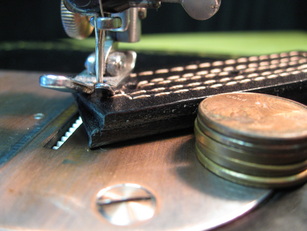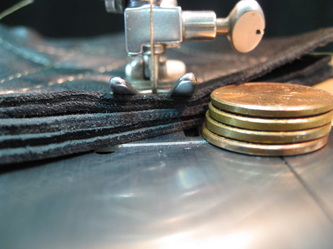11 Comments
wendy
12/6/2014 12:20:35 am
I'm attempting to sew decorative stitches on thin leather on the 401. I can sew the stitch I'm attempting on fabric, it goes thru the leather and makes the mark as if it's making the stitch, but it's not making the stitches. Your post stays long stitch length which tosses out my idea of decorative stitches. Is there anyway to make this 401 stitch the decorative stitches on thin leather?
Reply
OldSewinGear
12/6/2014 01:49:38 am
Wendy,
Reply
'Lo there-
Reply
4/5/2018 10:45:02 pm
Reply
11/21/2018 02:03:53 am
I appriciate your hardwork to write the content on <a href= "https://beldara.com/cat/textile-leather/Leather-Leather-Machinery-Allied-Products.html">leather machinery</a>. it's very informative post.
Reply
<a href="https://https://sewinguide.com///">Android</a>
Reply
4/6/2023 11:18:03 am
Great tip about not engaging the motor until the needle is moving. My sewing machine broke the other day. I'll have to consider getting a repairman to take a look at it.
Reply
Leave a Reply. |
News, Reviews,
|


 RSS Feed
RSS Feed